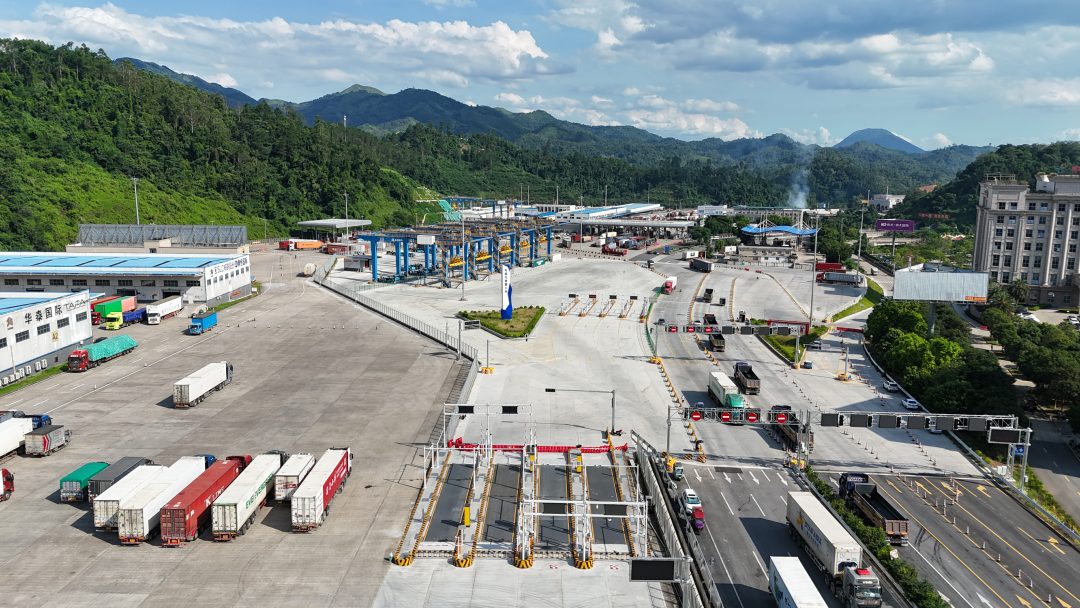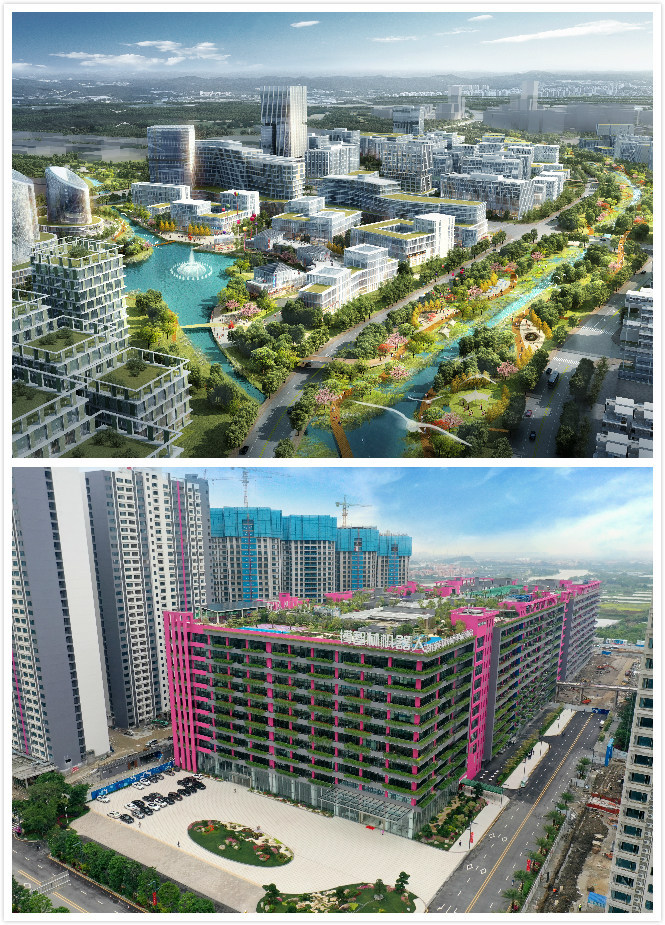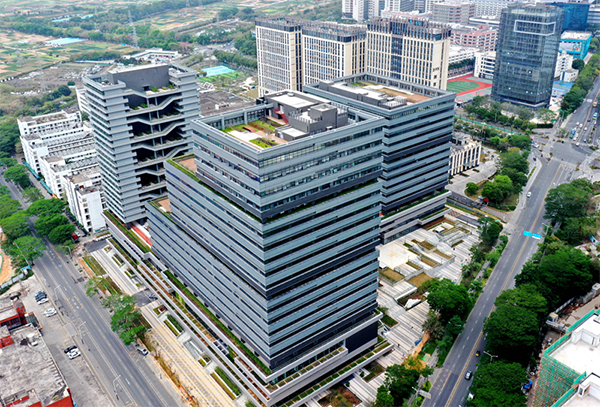Uncovering Pingxiang’s Smart Industrial Parks and Tech Innovation
Welcome to Jusha Travel, your go-to source for exploring the dynamic intersections of China’s culture, technology, and adventure! If you’re a traveler intrigued by how China’s rapid advancements are reshaping urban landscapes, Pingxiang is a must-visit destination. This blog dives into Pingxiang Smart Industrial Parks, showcasing the city’s role in smart industrial tech China and its forward-thinking approach to Pingxiang urban tech. As we look toward China travel tech 2025, these parks offer a glimpse into the future of innovation, blending high-tech developments with cultural experiences. Whether you’re planning a trip focused on tech tourism or seeking a Pingxiang travel guide that highlights China urban tech, this post will equip you with insights to make your journey unforgettable. Here at Jusha.Travel, we love sharing tips to make your China journey unforgettable! For more on China’s tech trends, check out this guide.
### Overview of Pingxiang’s Industrial Economy and Development Zones

Pingxiang, nestled in Jiangxi Province, is rapidly emerging as a hub for smart industrial tech China, where traditional manufacturing meets cutting-edge innovation. The city’s Economic and Technological Development Zone (ETDZ), established in 1993 and upgraded to state-level status in 2010 [source: Pingxiang ETDZ Overview], spans over 57.6 square kilometers and hosts more than 360 industrial enterprises. This zone exemplifies Pingxiang urban tech by integrating high-tech manufacturing with urban living, making it an ideal stop for travelers interested in China’s tech evolution. For a deeper dive into China’s top tech hubs, see this highlighted post.
For visitors, exploring the ETDZ offers a unique blend of cultural immersion and futuristic vibes. Imagine strolling through parks that double as innovation centers, where you can witness the “Three Parks and Six Bases” model in action—this strategic framework focuses on specialized clusters for industries like electronics and clean energy. As a traveler, you might arrive via the Hangzhou-Changsha High-Speed Rail, which connects Pingxiang to major cities, making it accessible for a day trip from nearby hubs like Changsha. For more insights into innovations like these, check out this Silicon Valley comparison.
A practical tip for your Pingxiang travel guide: Time your visit with one of the zone’s open days or expos, where you can join guided tours (often in English) and interact with local innovators. Don’t miss trying local Jiangxi snacks, such as spicy fish hotpot, at nearby eateries—these provide a tasty cultural break amid the tech sights. Looking ahead to China travel tech 2025, Pingxiang’s emphasis on smart infrastructure could inspire eco-friendly travel apps that help navigate these areas sustainably.
### The Structure and Strategy of Pingxiang’s Smart Industrial Parks

Delving deeper, the “Three Parks and Six Bases” model is the backbone of Pingxiang Smart Industrial Parks, promoting China urban tech through specialized zones for high-tech manufacturing, clean industries, and service integration [source: ETDZ Development]. This structure not only drives economic growth but also enhances the quality of life, creating vibrant communities that appeal to tech-savvy travelers. For more on futuristic cities like this, explore this city guide.
Picture this: The “Three Parks” include areas dedicated to advanced manufacturing, where AI and automation are transforming production lines, while the “Six Bases” focus on clusters like precision engineering and logistics. For culture enthusiasts, this means opportunities to see how traditional Chinese craftsmanship is evolving with smart industrial tech China. During your visit, you might encounter workers blending ancient techniques with modern robotics, a fascinating insight into China’s innovative spirit. For a look at AI’s role in China’s tech scene, visit this detailed overview.
As part of your adventure, consider a bike tour around the parks—Pingxiang’s famous bicycle industry has shifted to smart, AI-powered designs, tying into local heritage. An interesting fact: The city hosts annual expos that attract global companies, offering travelers a chance to network or simply observe [source: Tech Innovation in Pingxiang]. For Pingxiang urban tech enthusiasts, this is a prime spot to explore how technology is making cities more livable, with apps for real-time navigation and sustainable transport aligning with China travel tech 2025 visions.
### Smart Manufacturing and Technological Upgrades in Pingxiang

At the heart of Pingxiang urban tech is the drive toward smart manufacturing, where traditional sectors like bicycle and toy production are being revolutionized [source: Industrial Park Innovation]. Employing over 120,000 people and generating billions in revenue, these upgrades showcase smart industrial tech China at its best, with AI-controlled products like smart strollers becoming everyday realities. For insights into China’s AI advancements, read more here.
Travelers can gain hands-on insights through factory visits or workshops, where you’ll learn how these technologies are fostering job creation and community development. A cultural highlight: Pair your tech exploration with a visit to local markets, where you can sample Hunan-influenced Jiangxi cuisine, such as sticky rice balls, and chat with residents about how innovation is preserving traditions. This fusion of old and new is a cornerstone of Chinese culture, making Pingxiang a compelling destination for China travel tech 2025.
For practical advice in your Pingxiang travel guide, download apps like WeChat for seamless translations and ride-hailing, which integrate with the city’s smart systems. An engaging fact: Pingxiang’s industrial clusters are drawing international attention, with expos featuring over 1,500 companies—perfect for travelers seeking unique souvenirs or tech gadgets.
### Innovation Ecosystem and Urban Integration

Finally, Pingxiang Smart Industrial Parks are more than factories; they’re integrated ecosystems fostering China urban tech through collaborations with research institutions and global partners [source: Specialized Parks in China]. This approach creates “urban-industrial” communities with green spaces, modern amenities, and cultural events, attracting skilled workers and curious visitors alike. Learn more about China’s tech ecosystems in this feature.
As you plan your trip, think of Pingxiang as a living lab for smart industrial tech China, where high-tech investments in areas like precision manufacturing enhance daily life. For instance, the parks’ advanced logistics networks, linked to national railways, make it easy to combine your visit with nearby cultural sites, such as ancient temples or scenic mountains. A tip for travelers: Stay in one of the zone’s modern hotels, which often feature tech demos, and enjoy local delicacies like fermented tofu for an authentic taste of Jiangxi. If you’re interested in urban tech further, this article covers similar innovations.
This holistic integration aligns with China travel tech 2025, promising smarter, more connected experiences. Whether you’re a tech enthusiast or a culture seeker, Pingxiang offers endless inspiration.
In conclusion, uncovering Pingxiang Smart Industrial Parks reveals the exciting synergy of smart industrial tech China, Pingxiang urban tech, and innovative travel opportunities, all while honoring rich cultural traditions. From the ETDZ’s strategic developments to the buzz of smart manufacturing, this destination encapsulates China’s forward momentum. Here at Jusha.Travel, we’re passionate about guiding you through these hidden gems—be sure to explore more articles on our site for your next adventure. What are your thoughts on China’s tech landscape? Share in the comments, visit Jusha.Travel for more China travel inspiration, or check out related posts like our guide to Beijing’s tech hubs. Safe travels!

